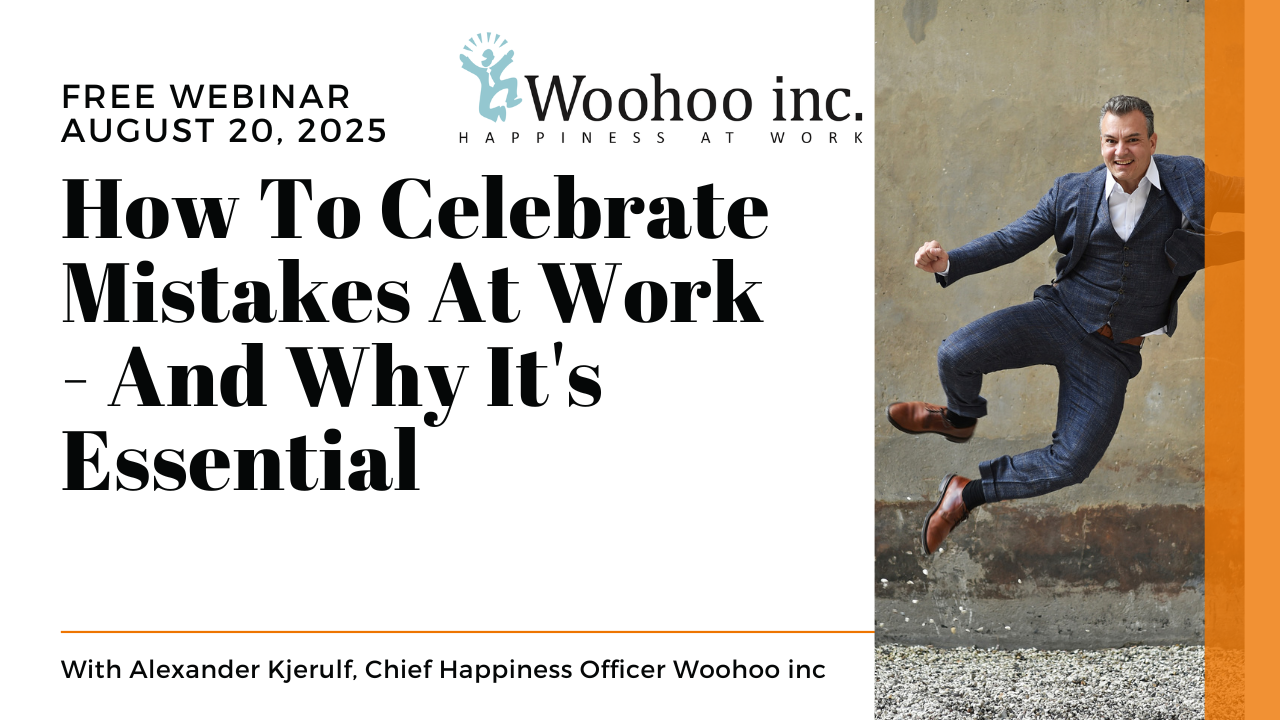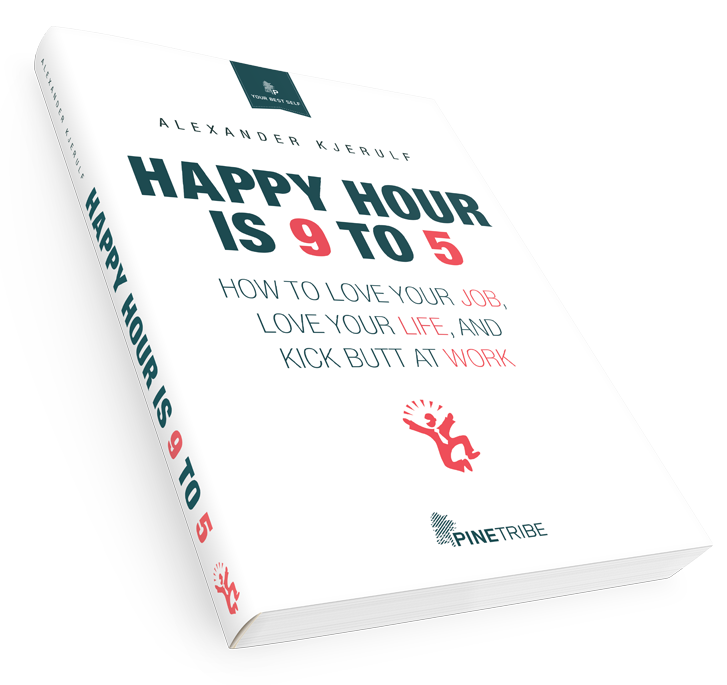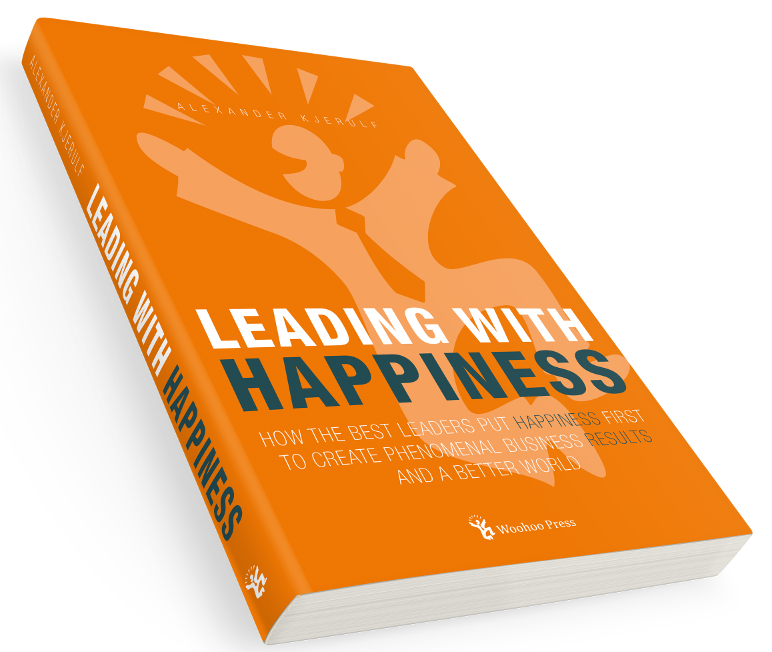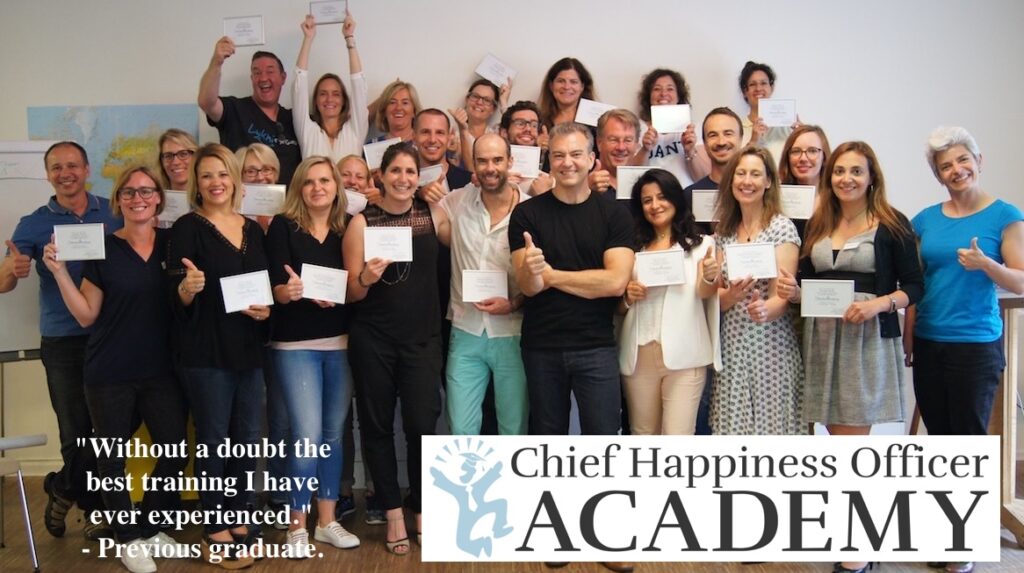Craig Nathanson tells this very moving story:
Early one morning, Robert awoke, made his wife of 41 years some banana bread, took out the garbage and called to cancel a doctors appointment scheduled for the next day. He wrote a note to remind his wife to pick up the dry cleaning. All things considered, it seemed like a normal day.
Robert had ?retired? four years earlier after nearly 40 years doing what he loved in the banking industry. After retirement, his life took a challenging turn.
While he remained friendly and encouraging to others on the outside, on the inside he was suffering a deepening depression. After retirement, Robert couldn?t find anything to replace the meaning and fulfillment that work provided him. And this void was slowly killing him.
So on that ?normal? morning, Robert cleaned up the kitchen after finishing baking his wife the banana bread. Then he drove himself to the parking lot of the bank where he had worked all those years. After carefully parking and locking his car, he walked into a local store and handed a note to the clerk behind the counter. Then he walked outside and shot himself in the head. He ended his life with one bullet at 1pm on a blazing sunny day.
Robert was my dad.
Craig Nathanson is The Vocational Coach and focuses on how people in mid-life can do what they love at work. That’s happiness at work right there. I admire his courage in telling this story so that others may learn from it, and it’s great to see some advice and tools specifically for people in mid-life.






